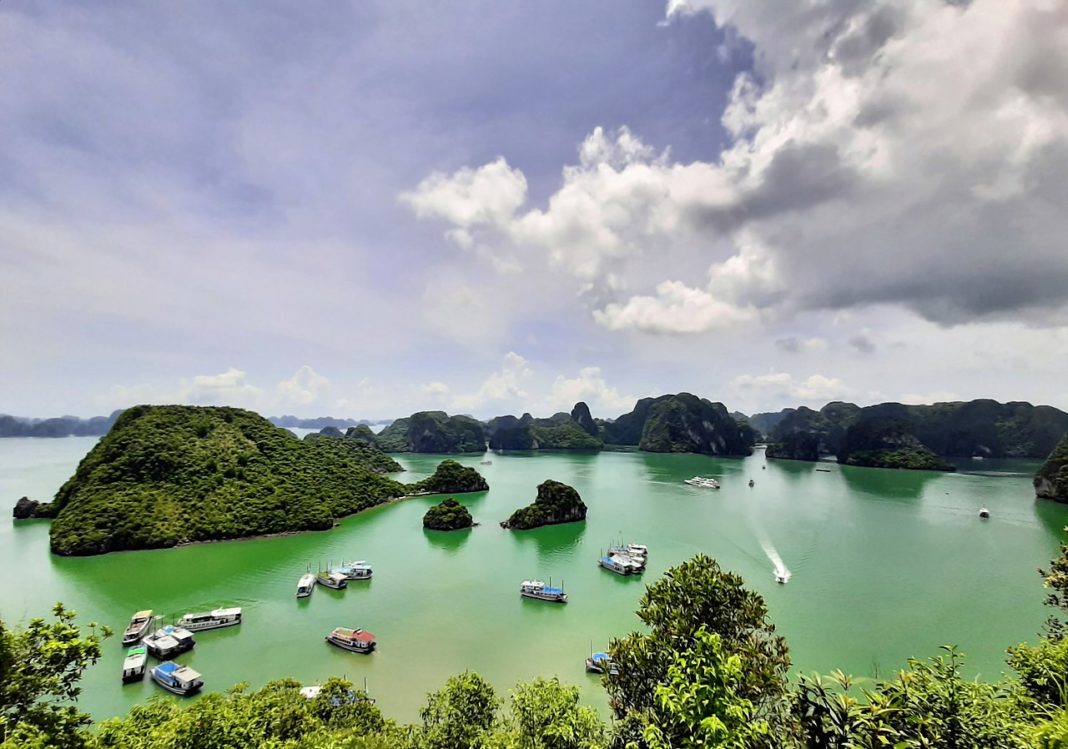Ha Long Bay is a UNESCO World Heritage Site and a popular travel destination in Quảng Ninh Province, Vietnam. The name Hạ Long means “descending dragon”.
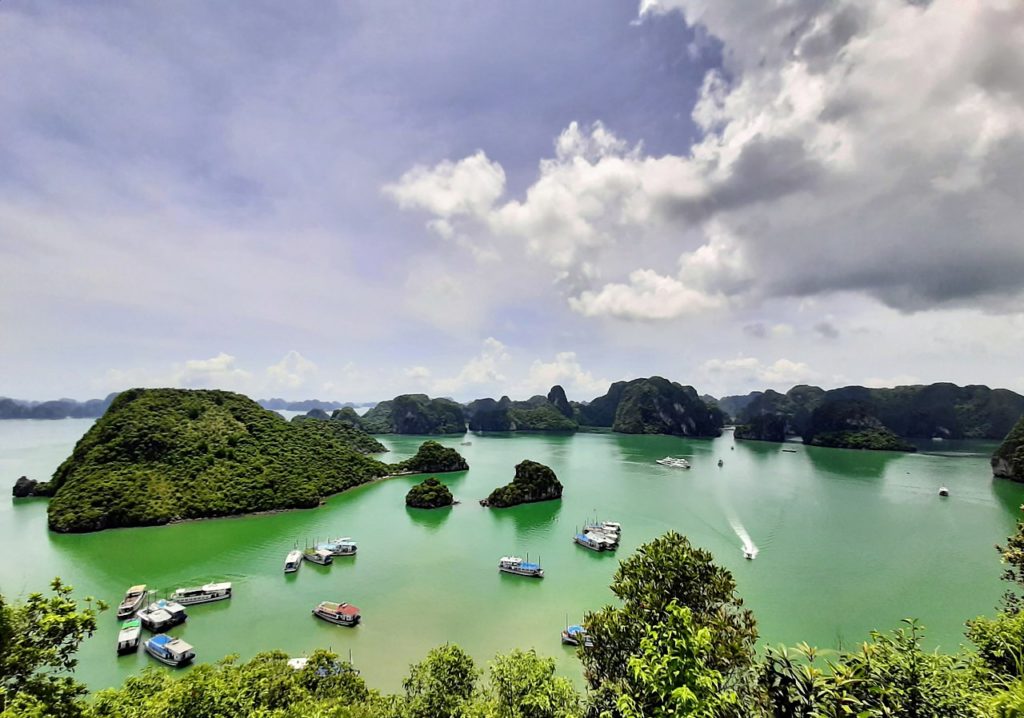
Covering an area of 43,400 ha and including over 1600 islands and islets, most of which are uninhabited and unaffected by humans, Ha Long Bay forms a spectacular seascape of limestone pillars and is an ideal model of a mature Karst landscape developed during a warm and wet tropical climate. The property’s exceptional scenic beauty is complemented by its great biological interest.
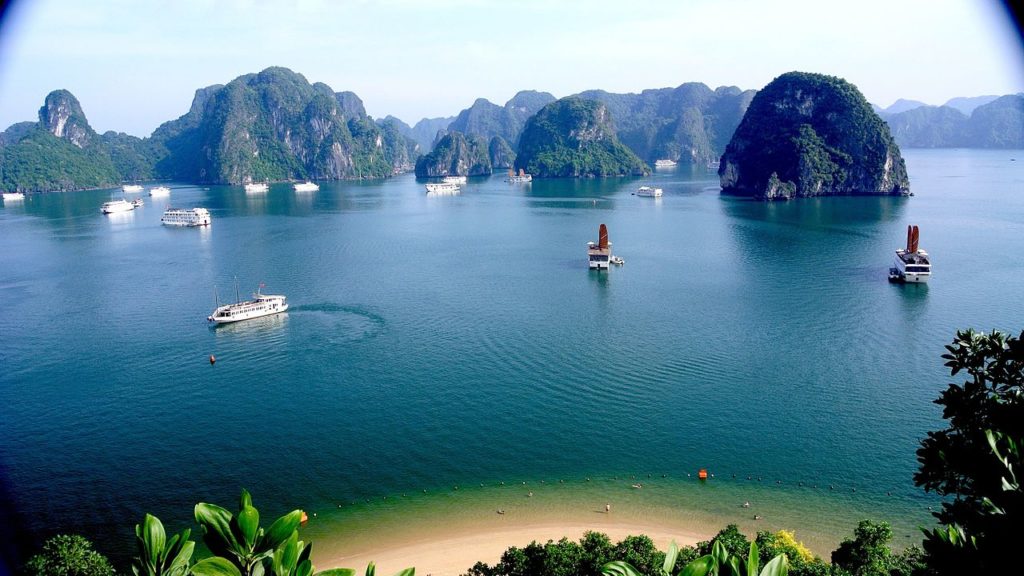
The outstanding value of the property is centered around the drowned limestone karst landforms, displaying spectacular pillars with a variety of coastal erosional features such as arches and caves which form a majestic natural scenery. The repeated regression and transgression of the sea on the limestone karst over geological time has produced a mature landscape of clusters of conical peaks and isolated towers which were modified by sea invasion, adding an extra element to the process of lateral undercutting of the limestone towers and islands.
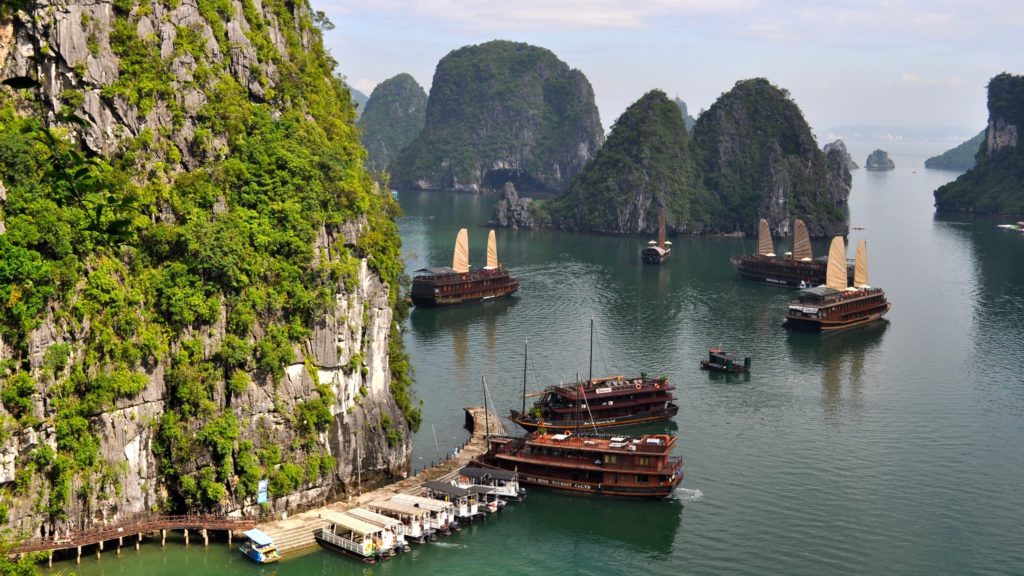
The limestone in this bay has gone through 500 million years of formation in different conditions and environments. The evolution of the karst in this bay has taken 20 million years under the impact of the tropical wet climate. The geo-diversity of the environment in the area has created biodiversity, including a tropical evergreen biosystem, oceanic and seashore biosystem. Hạ Long Bay is home to 14 endemic floral species and 60 endemic faunal species.
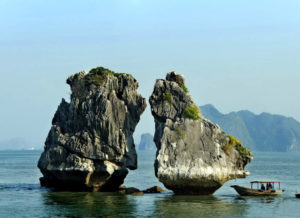
According to local legend, when Vietnam had just started to develop into a country, they had to fight against invaders. To assist the Vietnamese in defending their country, the gods sent a family of dragons as protectors. This family of dragons began spitting out jewels and jade. These jewels turned into the islands and islets dotting the bay, linking together to form a great wall against the invaders. Under magic, numerous rock mountains abruptly appeared on the sea, ahead of invaders’ ships; the forward ships struck the rocks and each other. After winning the battle, the dragons were interested in peaceful sightseeing of the Earth and then decided to live in this bay. The place where the mother dragon descended was named Hạ Long, the place where the dragon’s children attended upon their mother was called Bái Tử Long Island, and the place where the dragon’s children wriggled their tails violently was called Bạch Long Vĩ island, present-day Tra Co peninsula, Móng Cái.
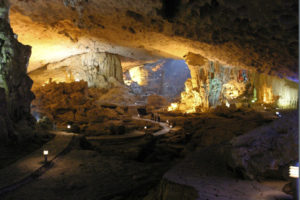
Ha Long Bay was first listed as a UNESCO World Heritage Site in 1994, in recognition of its outstanding, universal aesthetic value. In 2000, the World Heritage Committee additionally recognized Ha Long Bay for its outstanding geological and geomorphological value, and its World Heritage Listing was updated. In 2012, the New 7 Wonders Foundation officially named Ha Long Bay as one of the New 7 Wonders of Nature. Ha Long Bay is also a part of the Club of the Most Beautiful Bays of the World.
According to Wikipedia/Unesco





